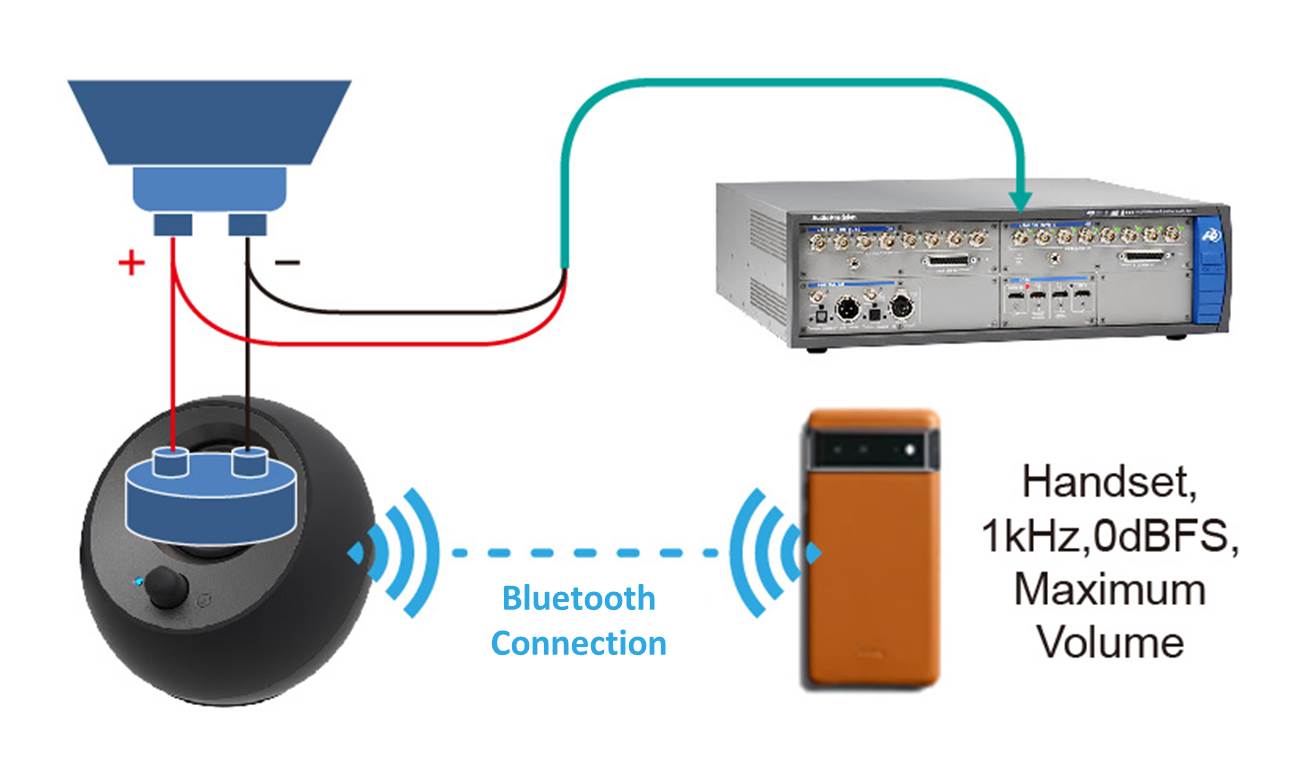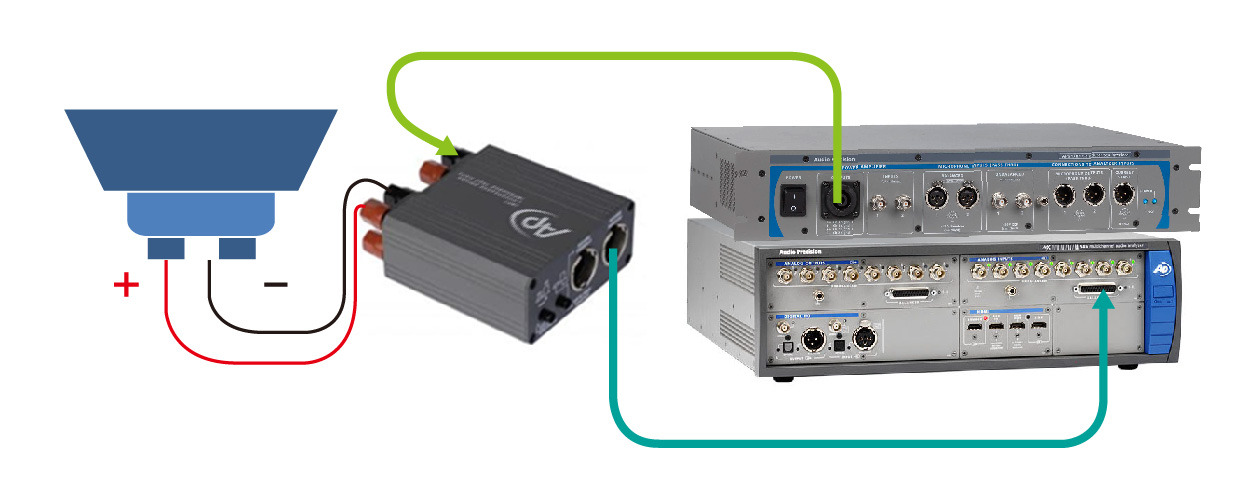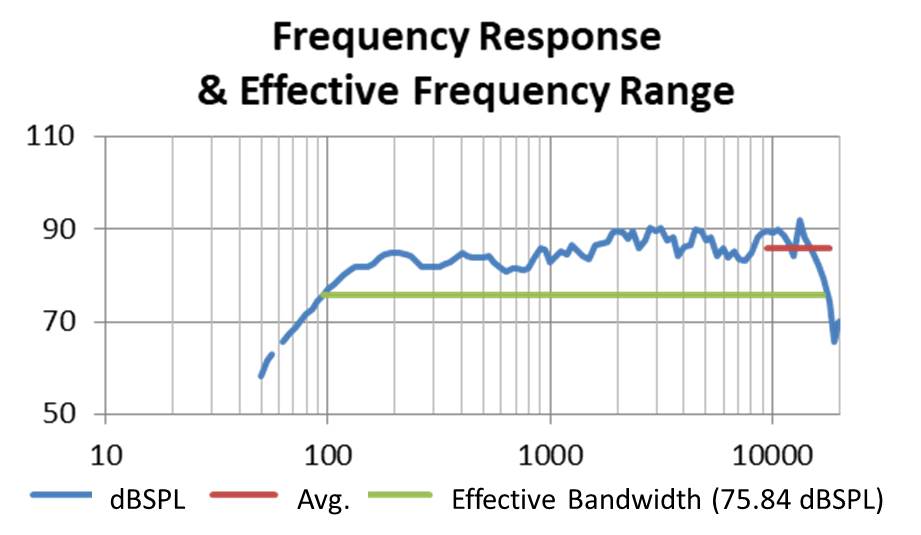Allion Labs
Among consumer electronics, it is rare to see products with in-built speaker performance. In recent years, as Bluetooth and smart speakers have become more popular, the number of product categories with in-built speakers has been increasing on the market. When making a choice from numerous speaker products, a consumer may consider some factors such as a speaker’s wattage, effective bandwidth, etc. However, will the real performance of the speakers made by various brands be as true as the labels state?
In the past, some manufacturers tended to exaggerate product performance on labels, in order to attract buyers and seize market shares. End consumers had no choice but to accept this kind of situation because no relevant regulations could be followed. However, during recent years, due to business mode reforms as well as product rating transparency on the flourishing Internet, many brands begin paying much more attention to the labeling issues about the electroacoustic performance of speakers, because they want to present goodwill. Allion Labs will use the following real testing case, to select focal testing items to shortly explain how to test a speaker’s performance.
Can speaker performance be truly digitized?
- Speaker power
According to the results of our market surveys, among all performance indicators, this is the item that may be exaggerated easily. To prove the credibility of the test results regarding this performance indicator, we use the international standard IEC60268-5:2007 as the reference standard for speaker power verification.
First, we use a mobile phone as the Host to connect with the Bluetooth speaker. As the Host played test signals of 1kHz and 0dBFS, we turn the volume to its maximum.

Next, we measured the voltage (Vrms) of the connecting point between the amplifier of Bluetooth speaker and the speaker itself. Then, we measure the rated impedance (Re) of the speaker when the amplifier is not connected. Through the formula “P = (Vrms^2) / Re”, we calculate the maximum output power of a speaker under the condition of the maximum input signal.

Finally, we obtain the following results:
V = 3.6 V,R = 3.9 Ohm,Max Rated Power = V^2/R ≒ 3.3 W
- Effective frequency range
According to the definitions in IEC 60268-5, we look for the maximum value and obtain the average value at the octave band. Then, we deduct 10dB to get the upper and lower limits where the sound pressure level can reach. Besides, according to the conditions for specific measurements in terms of voltage, distance, etc. as required by customers, we can complete the settings and testing, to obtain the effective frequency range of such a speaker.

Finally, based on the foregoing test results, we have further discussions with customers, to find out potential defects in products. The data from actual measurements will not only present a speaker’s performance objectively but also improve our brand’s competitiveness and gain consumers’ trust.
For more relevant acoustic testing services, please refer to Audio Acoustic Verification Labs.

































